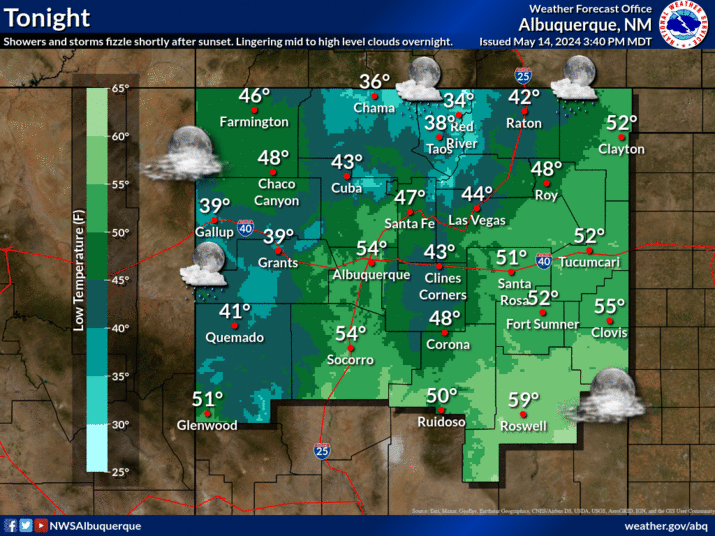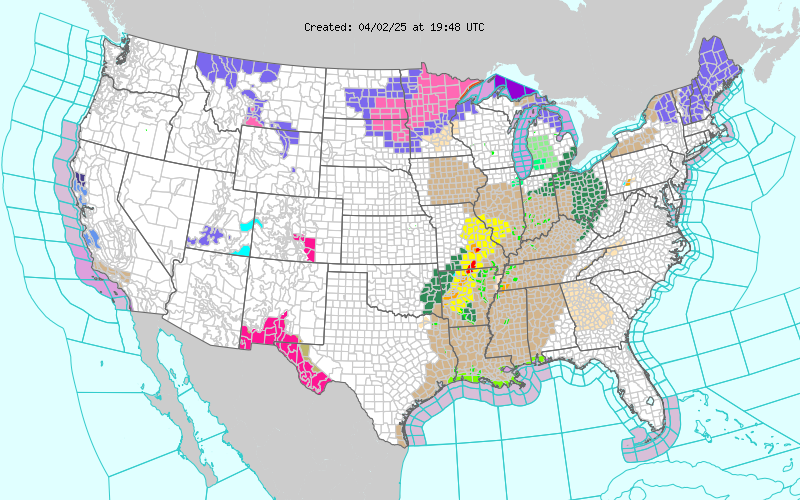Landspout Tornado Near Carlsbad, NM Saturday, June 29, 2013.
Blog Updated Tuesday, July 2, 2013. Click On The Photos To Enlarge Them. May 1, 2013 - Uploaded by rdewaters A great perspective of a landspout tornado located just outside of Lubbock in Woodrow, Texas | April 30, 2013 ... Photo Is Courtesy Of Gail Newman Carter. Taken near the Carlsbad Airport which is 5 miles south-southwest of town. Photo's Are Courtesy Of Heather Chester Frazier. Photo Is Courtesy Of Rose Mitchell. Taken From Radio Blvd @ 5:15 PM. Photo Is Courtesy Of Andrea Mendez-Ornelas. Photos Are Courtesy Of Bill Johnson Of Carlsbad. What looks like to me in the photos above is a landspout tornado that formed between about 5:15 PM and 5:30 PM MDT yesterday, between Carlsbad and the airport. Landspout tornadoes are fairly common in New Mexico. Whether all of these photos is of the same landspout, or if there were more than one, I really am not sure. I didn't see it so I can't say for sure. ------...













